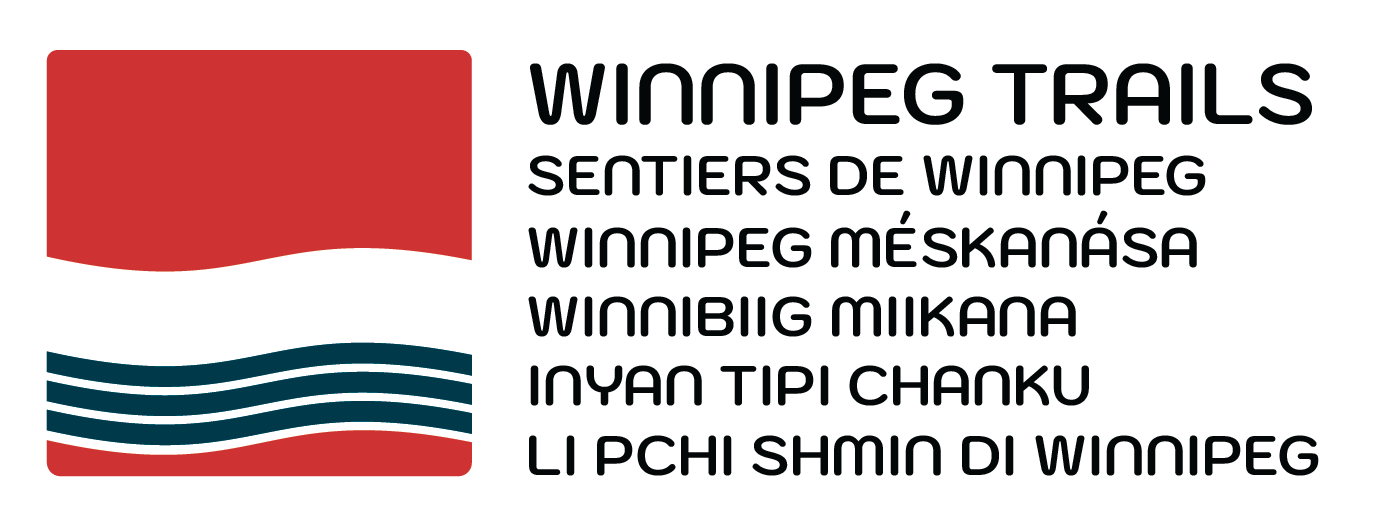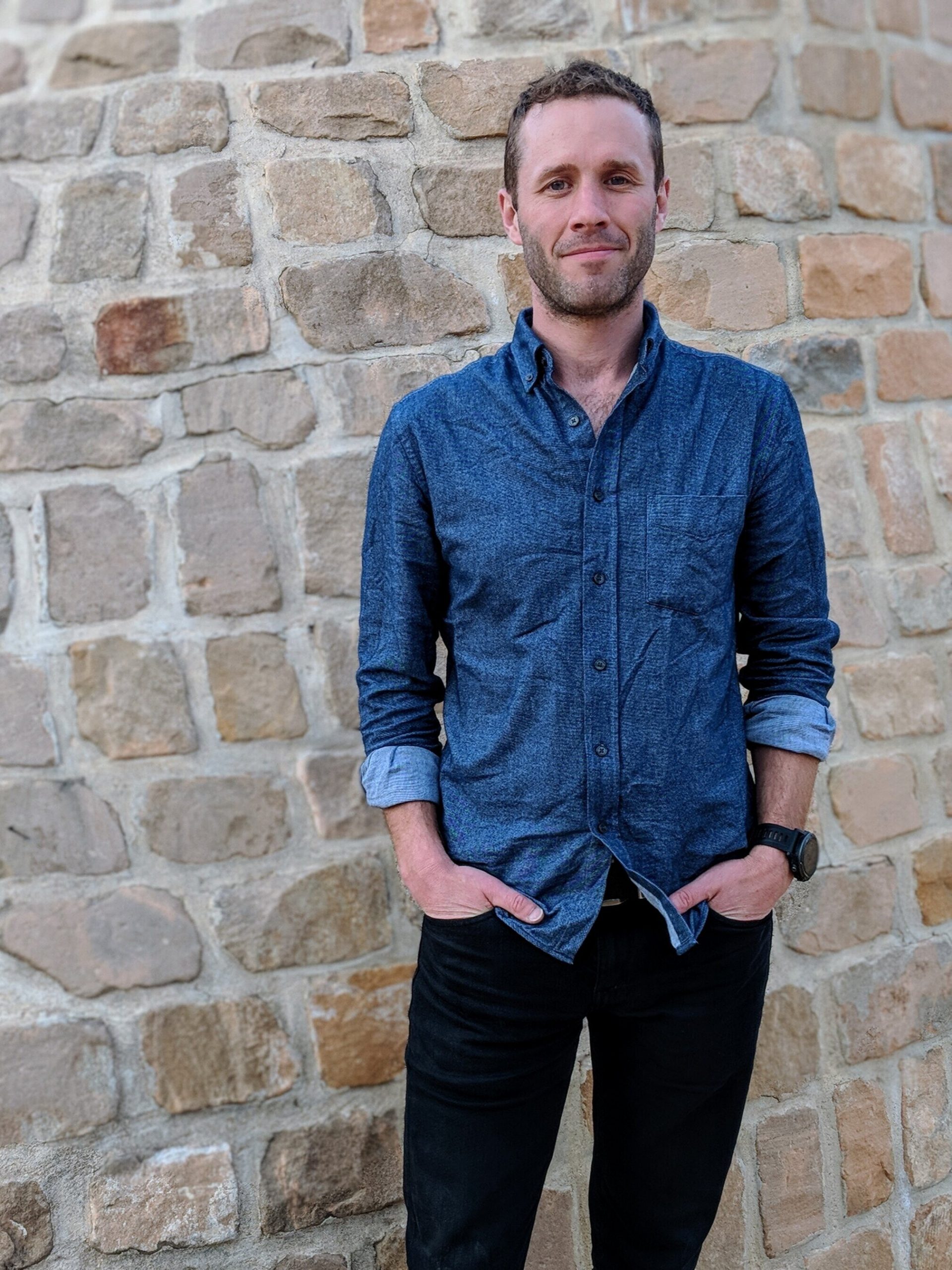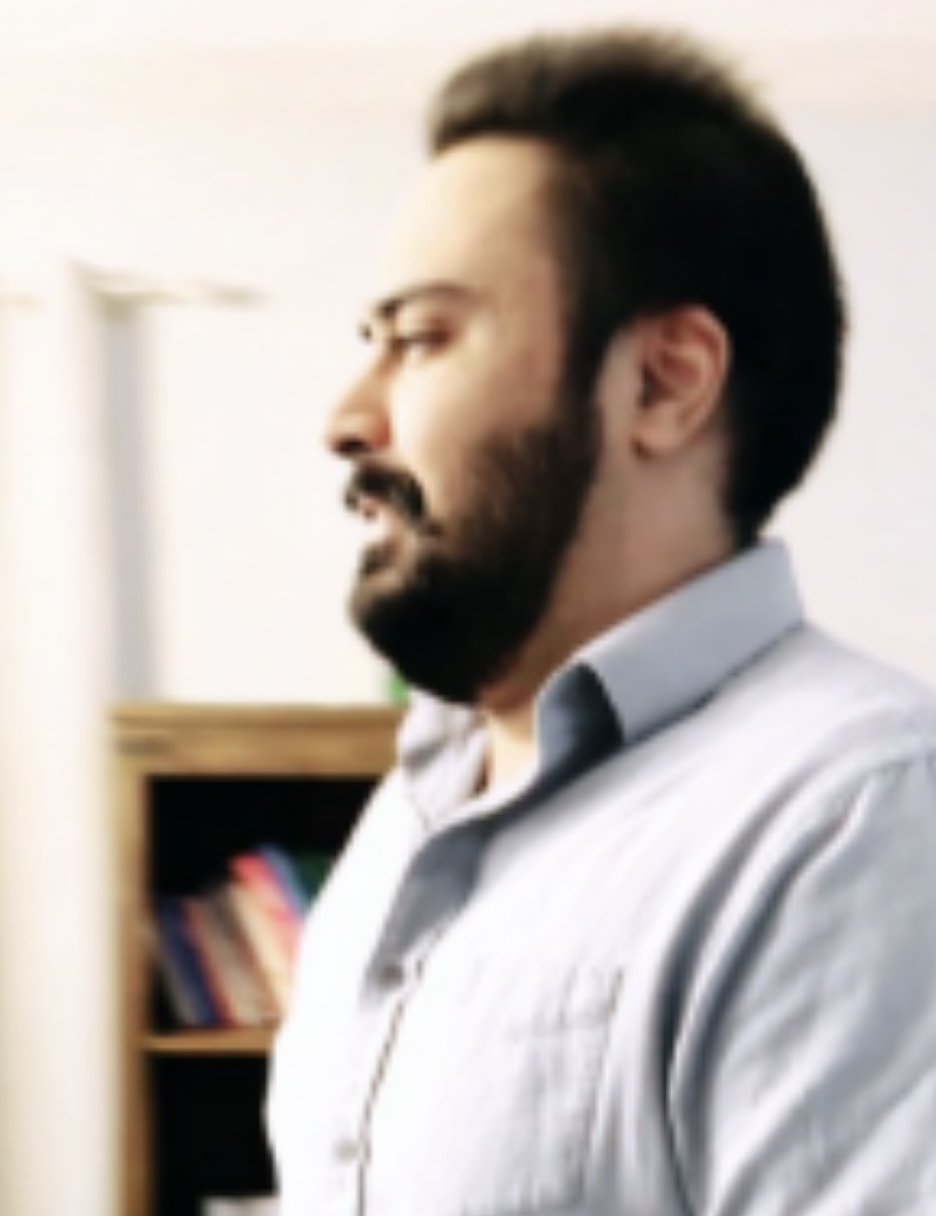June 12, 2013
Jenny Gerbasi
The Sou’Wester
Lately we are hearing a lot about the costly challenge of fixing our city’s infrastructure.
In times like this, it is more important than ever to invest scarce resources in the areas that make sense in terms of cost/benefit and in how they affect our quality of life.
It has been argued that it is better to fix your roof before you build an addition to your house. For that reason, I believe that fixing our existing roads and bridges should be a higher priority than building new and wider roads to developing areas on the edge of the city.
Another key priority ought to be building transportation alternatives, such as rapid transit, safe cycling infrastructure, and walking options through the built environment.
People will continue to drive cars in Winnipeg, so we need to repair our existing roads, but through smart investment and good planning we can reduce congestion and wear-and-tear on the roads, support healthier lifestyles and reduce the climate change threat.
Quality of life is improved when people have convenient and accessible transportation alternatives. Improvements in transportation alternatives also encourage new development and business to thrive in existing neighbourhoods and our downtown, where city services already are in place.
Sometimes it can be small investments that make a big difference.
Recently the idea of a U-Pass for students was endorsed in principle by the public works committee and will be considered for implementation in the 2014 budget process. Most major cities support programs like this, which result in a huge jump in student transit use, affordability, reducedcongestion and less parking issues. Transit ridership improves in the long-term as U-Pass programs encourage a change in lifelong transit habits.
There are a few new projects coming on the active transportation front as well, including extensive neighbourhood-based public consultations in the Wildwood, Point Road, and Crescent Park Neighbourhoods this year, to get input into the planning and design of Active Transportation infrastructure for 2014.
To improve pedestrian safety, several pedestrian countdown signals have been installed at a number of key intersections. The first few have gone in on Portage Avenue downtown and at River and Osborne.
Making our city safer and better designed for people of all ages and abilities to walk, cycle, bus, carpool, care-share or drive (if we must) is part of making our lives happier and healthier.




